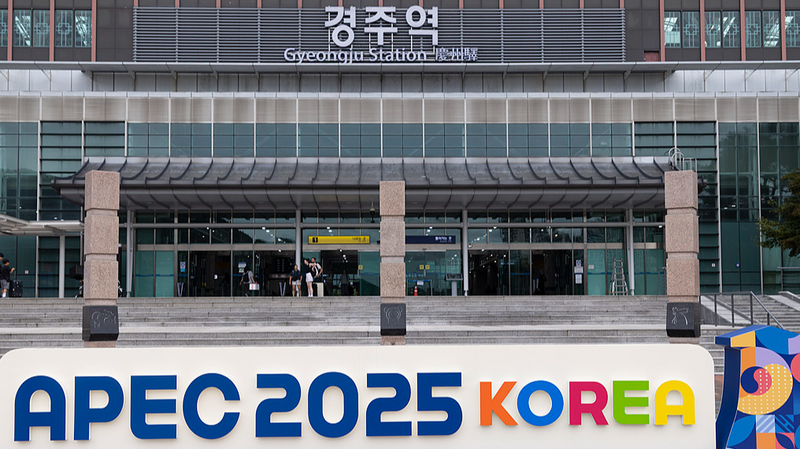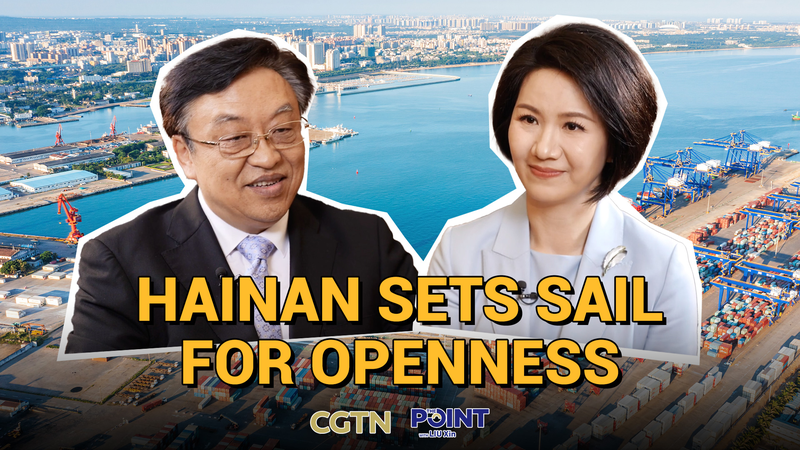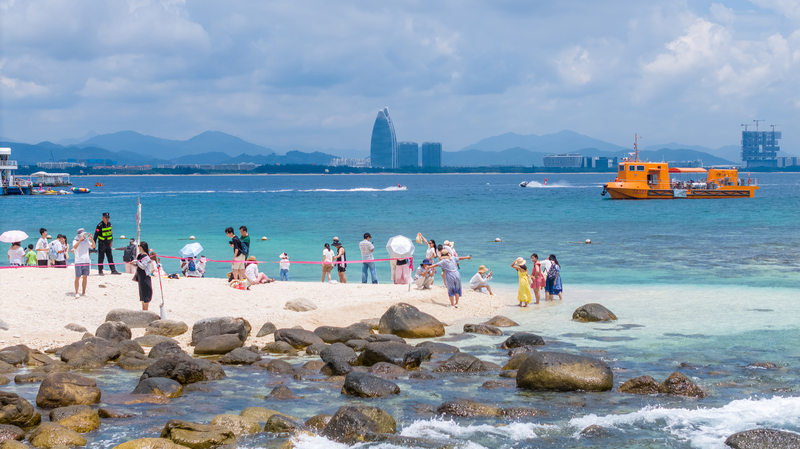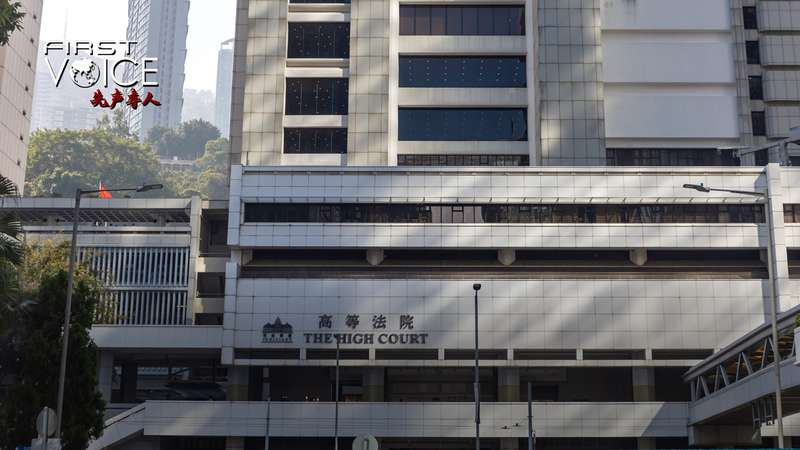Asia-Pacific at a Crossroads
With global uncertainties on the rise, the Asia-Pacific region is emerging as a stabilizing force for worldwide growth. At the 2025 APEC Economic Leaders' Meeting in South Korea, leaders are set to map out a shared vision under the theme "Building a Sustainable Future: Connectivity, Innovation, and Prosperity."
Regional economies display a dual structure: mature markets tackling weak domestic demand and sluggish growth, alongside emerging players fueled by domestic consumption and investment in new sectors.
Innovation at the Core
Transitioning from traditional models driven primarily by investment and exports, many Asia-Pacific economies are now embracing innovation as their main growth engine. Artificial intelligence, advanced manufacturing, and clean technology are creating new value chains and opportunities.
Innovation corridors are rapidly forming around major technology hubs in Southeast Asia and South Asia, where startups leverage local talent and global capital. This shift is reshaping industries and redefining competitiveness across the region.
RCEP Unlocks New Trade Pathways
The Regional Comprehensive Economic Partnership (RCEP) is reducing tariffs and harmonizing trade rules among member states. By simplifying customs procedures and reinforcing supply chains, RCEP helps companies scale production and integrate deeper into regional value networks.
Analysts estimate that the agreement’s progressive tariff cuts are already boosting intra-regional trade volumes and attracting new investment into manufacturing and logistics.
Digital, Domestic & Green Transformation
Southeast Asia’s digital economy has become a standout performer, with e-commerce, fintech, and digital services driving consumer spending and creating millions of jobs. At the same time, rising domestic demand in markets like India is supporting manufacturing growth and diversification.
Green transformation is also gaining momentum as governments and businesses invest in renewable energy, low-carbon transport, and sustainable agriculture. This multi-faceted approach not only supports long-term resilience but also aligns economic expansion with environmental goals.
Looking Ahead
As APEC leaders deliberate on connectivity and prosperity, the region’s future hinges on its ability to sustain innovation, deepen trade integration, and balance growth with sustainability. For young entrepreneurs, thought leaders, and global citizens, the Asia-Pacific’s evolving landscape offers both challenges and promising opportunities in the years ahead.
Reference(s):
cgtn.com




